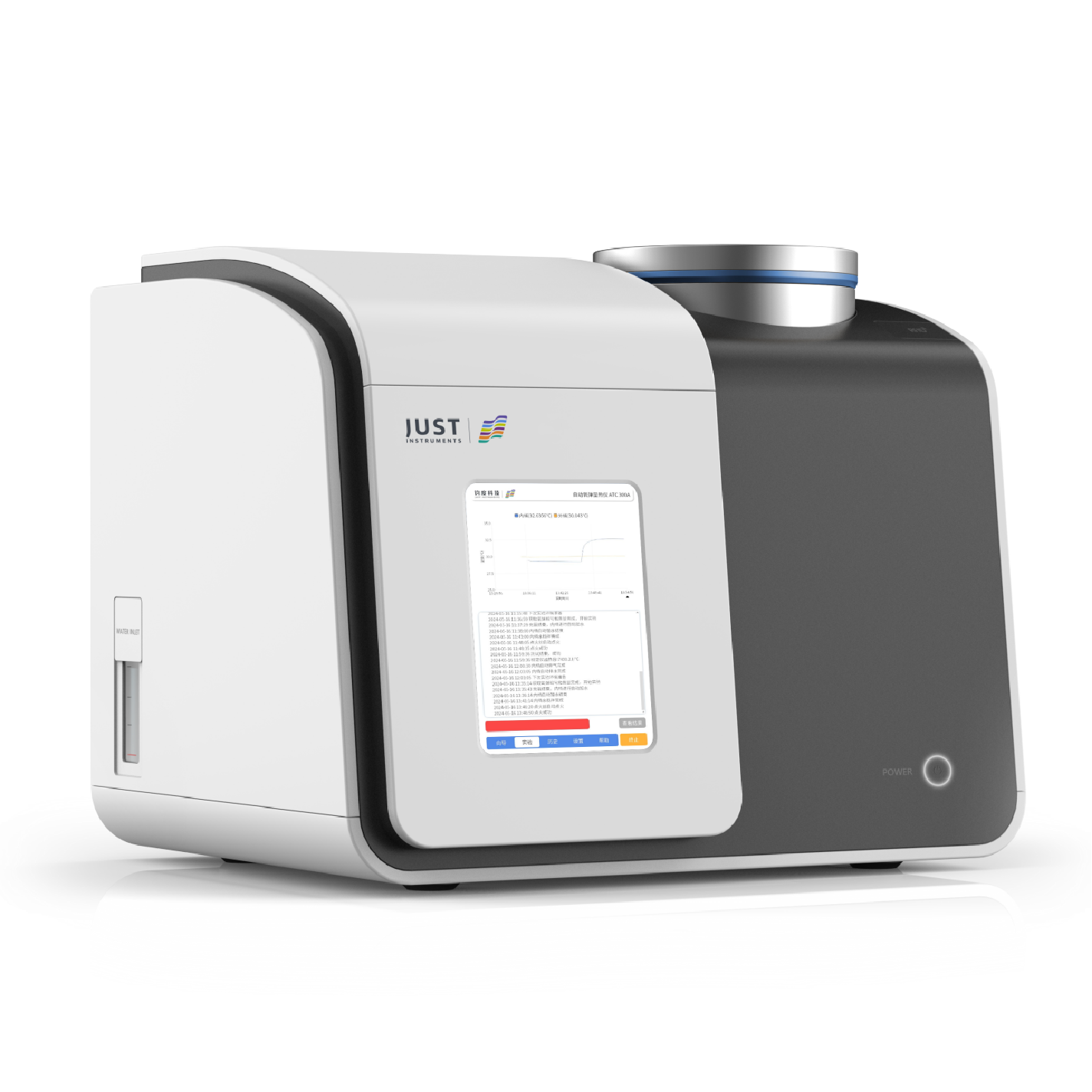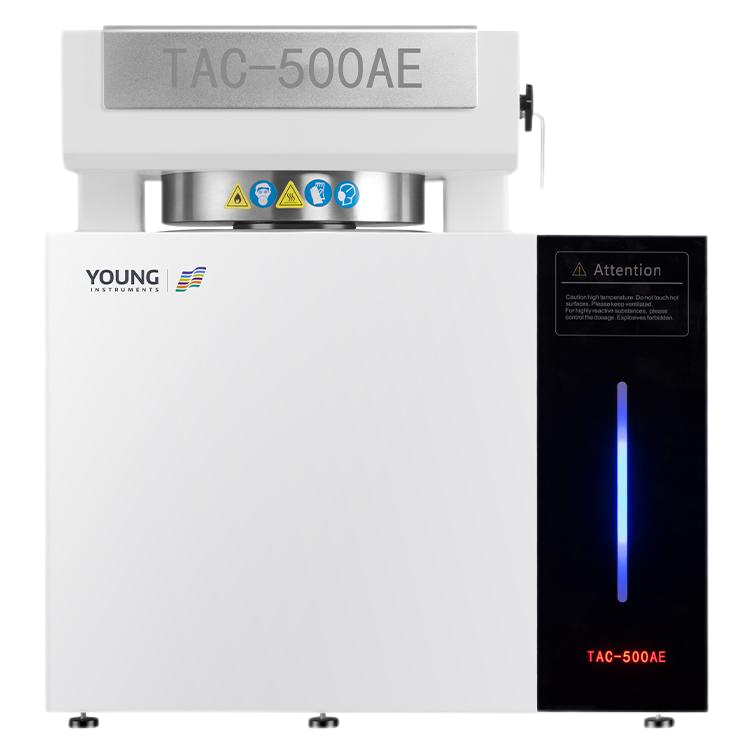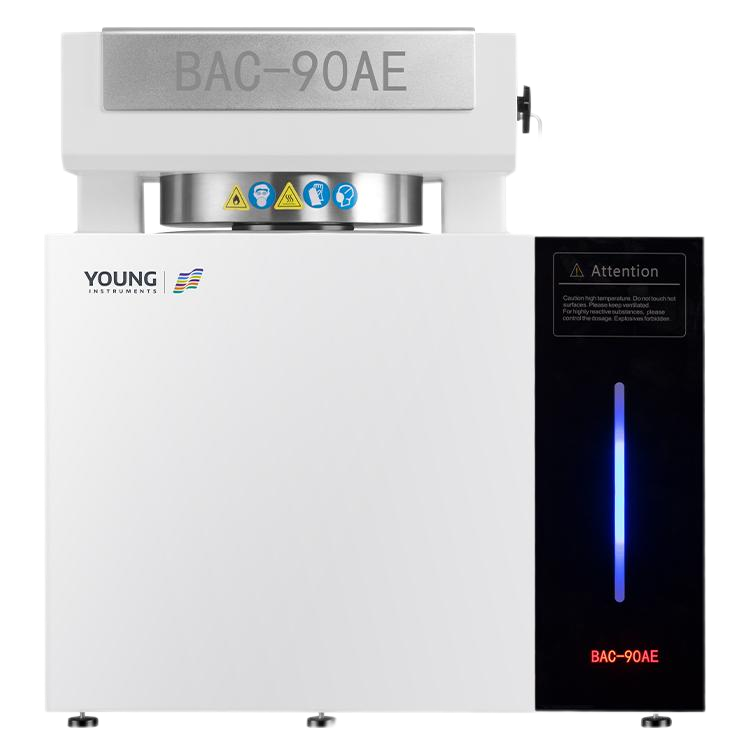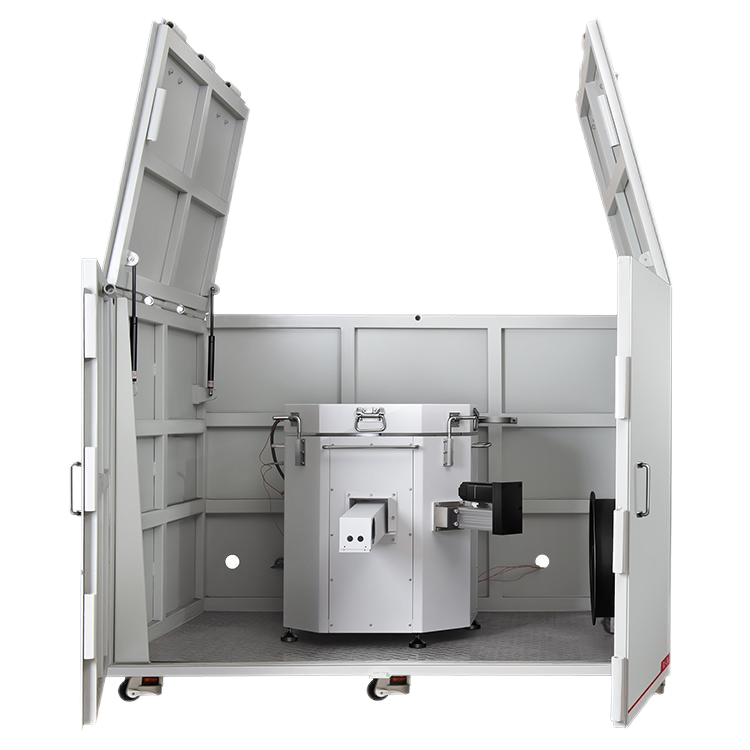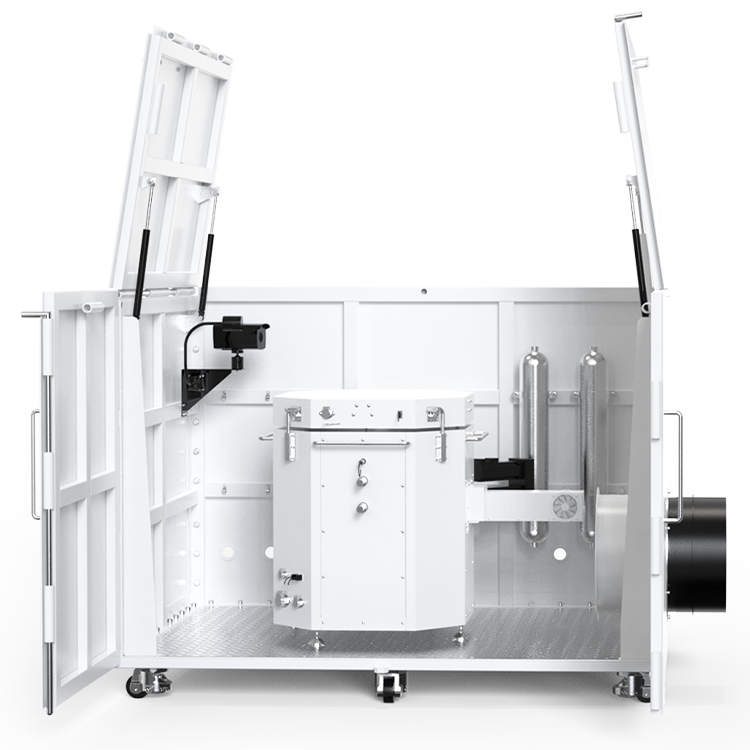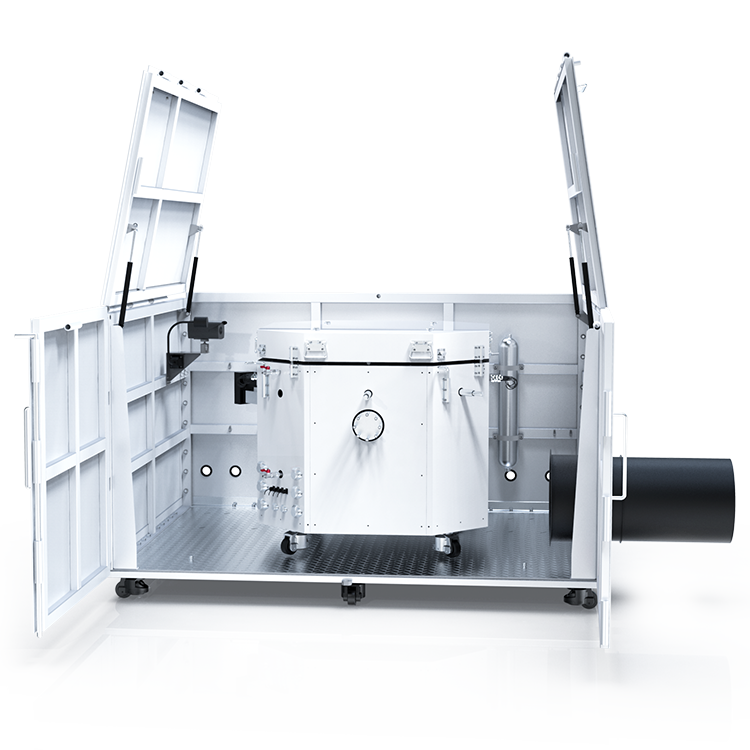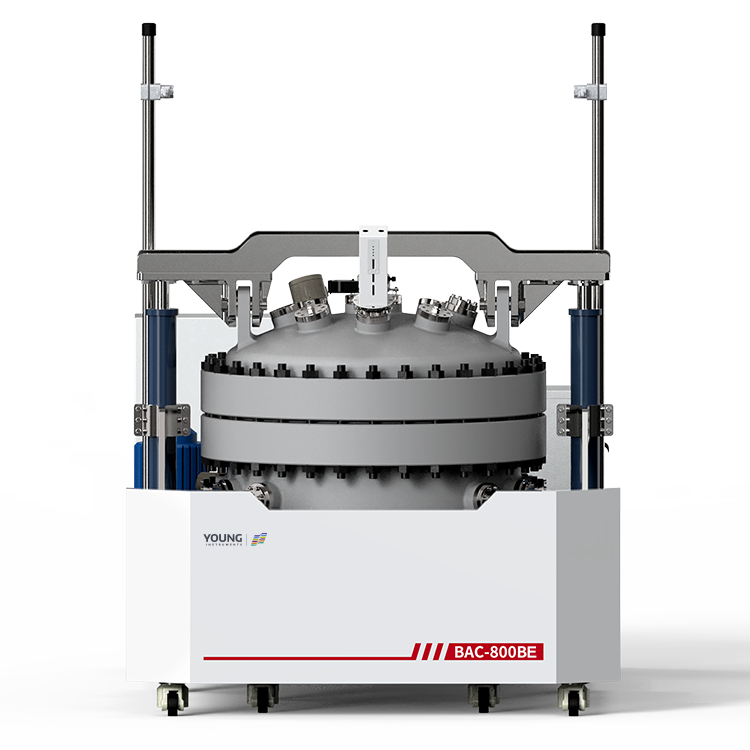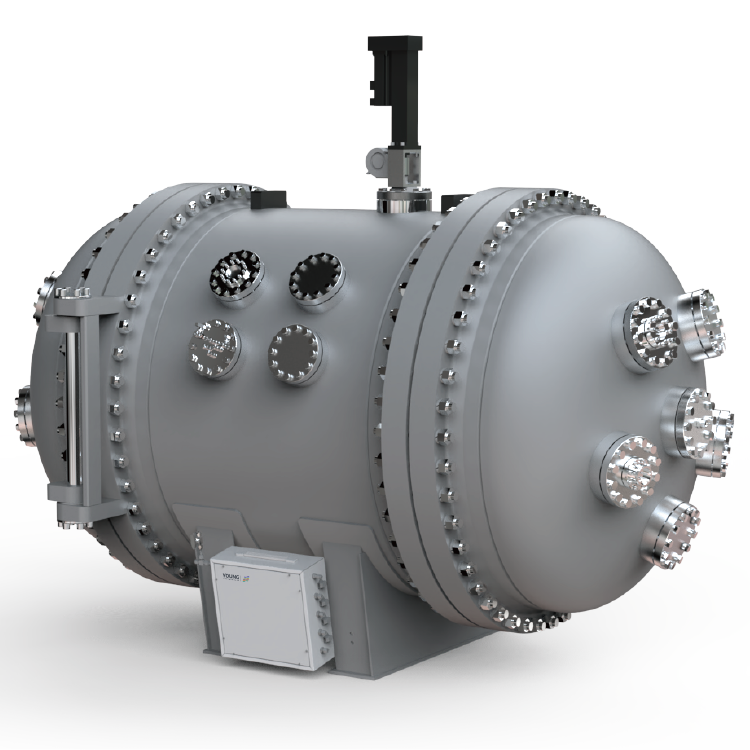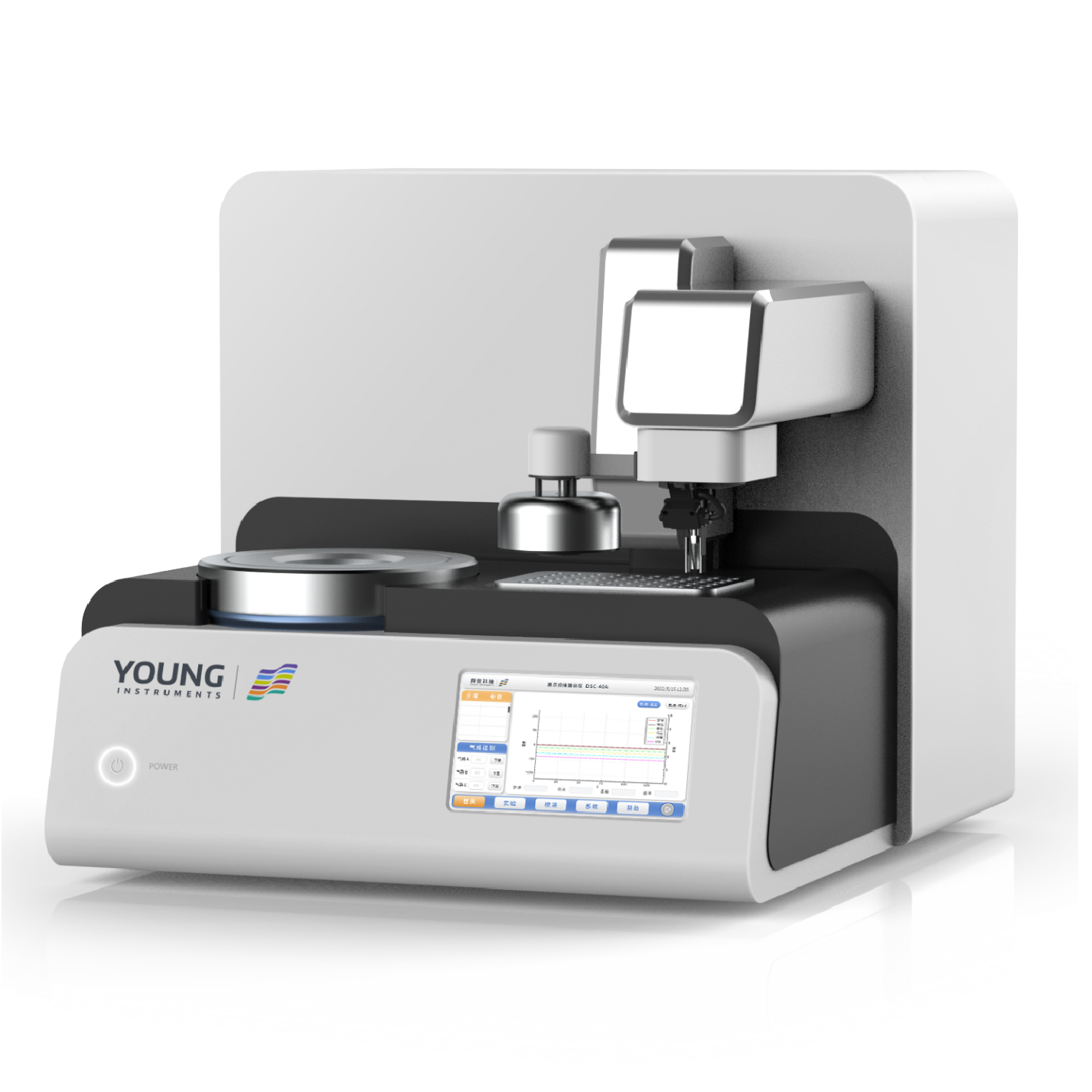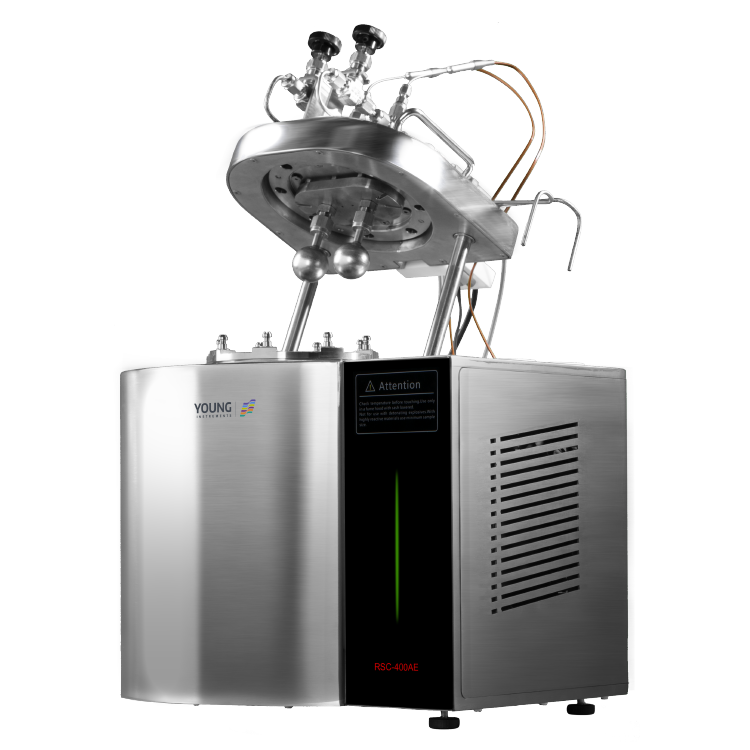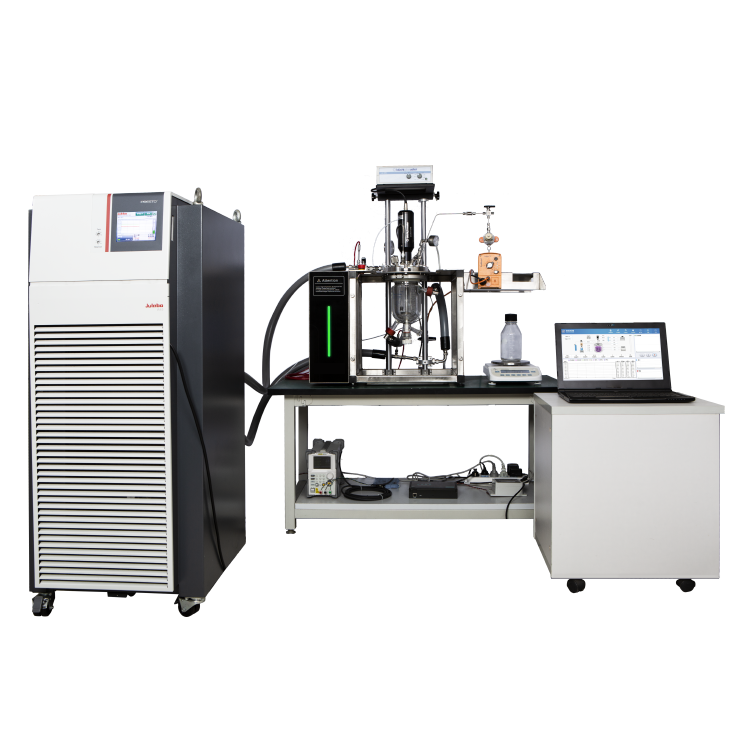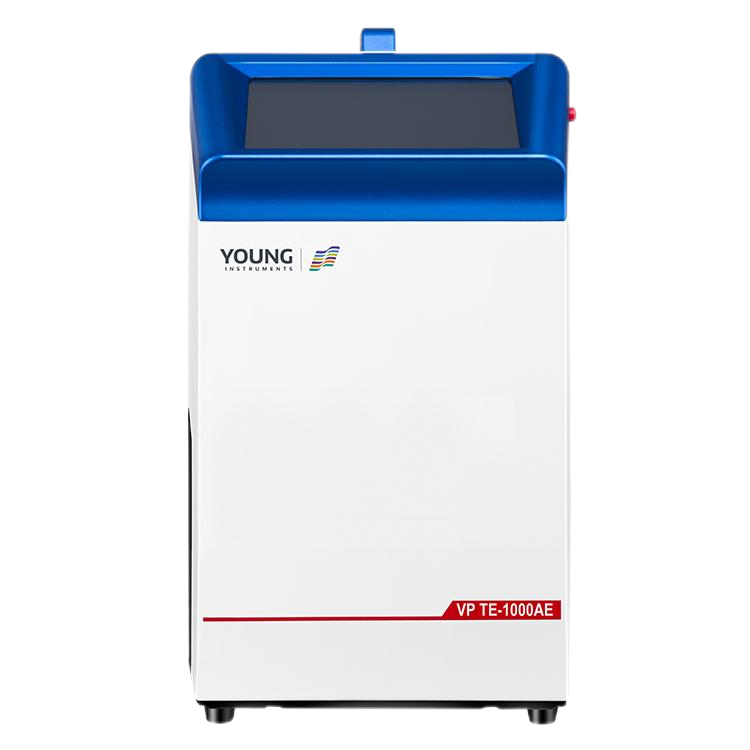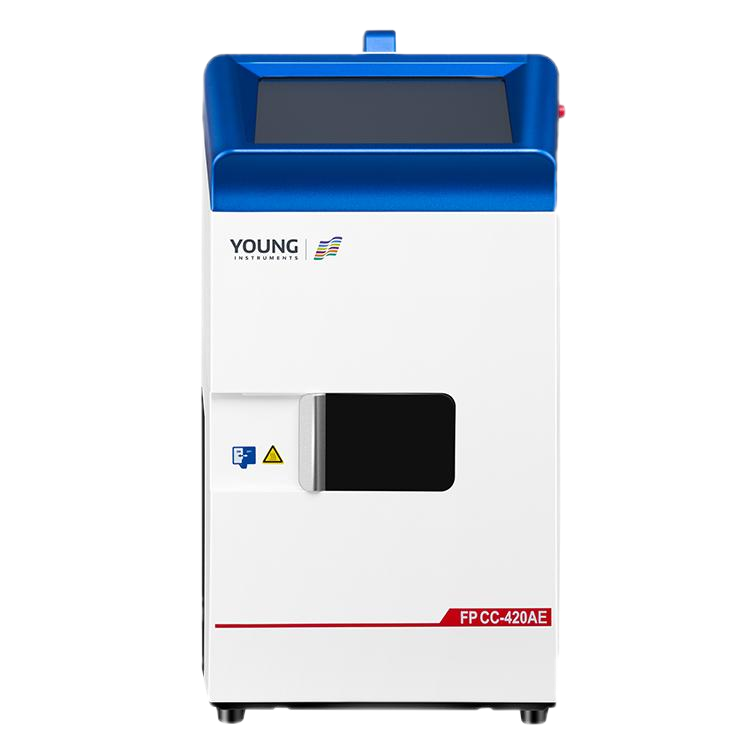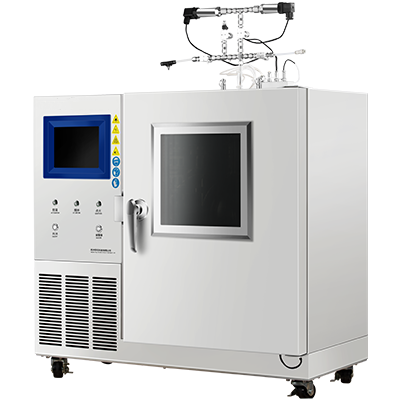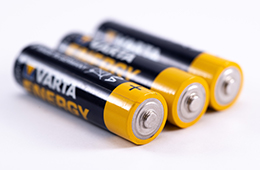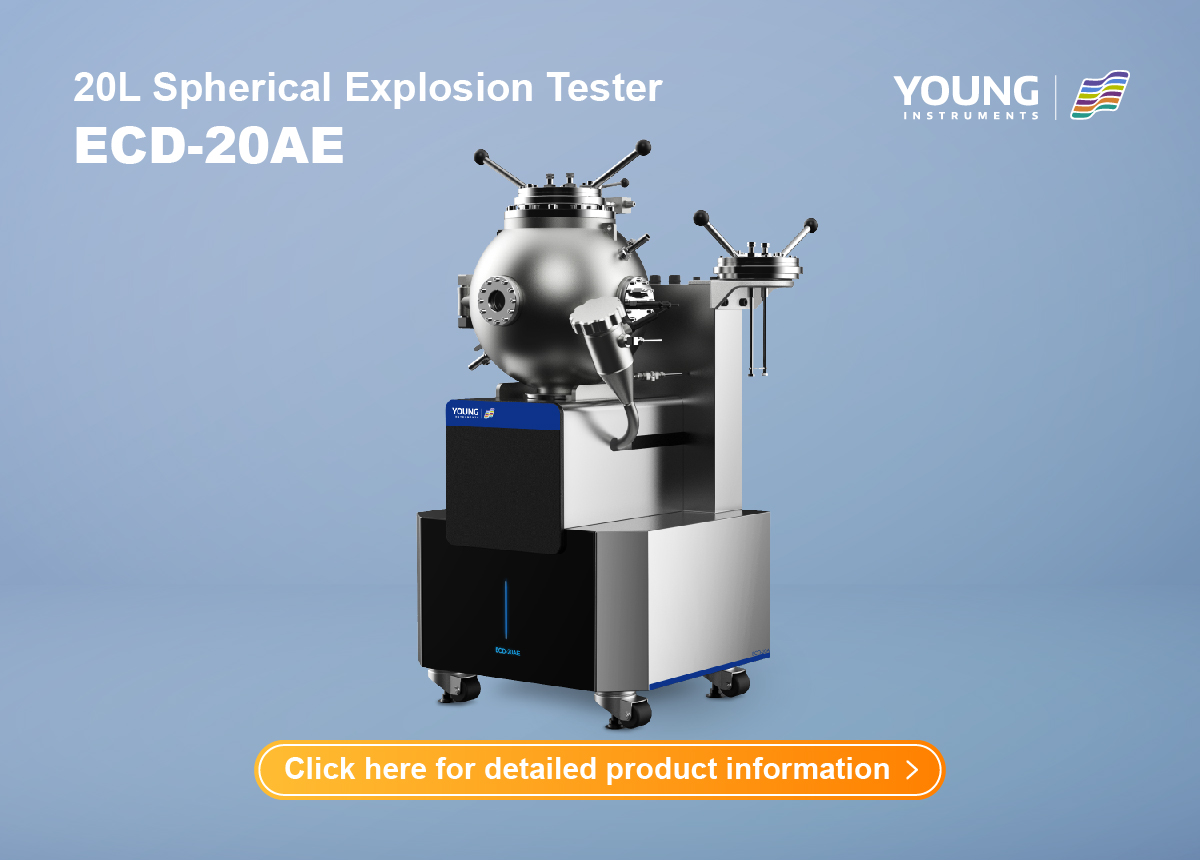What is Limiting Oxygen Concentration LOC Test for Dust Clouds
Have you ever wondered what it takes to prevent dust explosions in industrial settings? Dust clouds in confined spaces can pose significant risks, potentially leading to devastating explosions. In fact, dust explosions are one of the leading causes of industrial accidents worldwide. The Limiting Oxygen Concentration (LOC) test plays a critical role in understanding and mitigating this hazard.
What is the LOC Test?
The Limiting Oxygen Concentration (LOC) test determines the minimum oxygen level needed to sustain a dust cloud explosion. By gradually increasing inert gases to reduce oxygen, the test identifies the threshold below which explosions cannot occur. This data helps design explosion protection systems in dust-prone environments like powder handling and chemical plants, using inert gases to prevent explosions.
The Importance of LOC in Dust Explosion Safety
The LOC test is crucial for safety in industries handling combustible dust. It determines the concentration below which oxygen cannot ignite. This allows effective mitigation strategies such as inerting and ventilation to be designed. In processes where dust clouds are formed, such as pneumatic conveying. Knowing the LOC helps prevent ignition, especially when the minimum ignition energy (MIE) is low. Reduce explosion risk by ensuring safe inert gas concentrations.
LOC Test Methodology: The 20L Spherical Explosion Tester
To accurately measure LOC, the 20L spherical explosion tester is often employed. This device is designed to simulate the conditions of a dust cloud explosion in a controlled environment, providing reliable results for the LOC testing process.
Hangzhou Zeal Instruments Science & Technology Co., Ltd. provides the highly effective 20L Spherical Explosion Tester (ECD-20AE), which is designed to measure the explosion characteristics of dust, gases, and solid/gas mixtures. It offers advanced features and high precision, making it an essential tool for both research and industrial safety applications.
Key Features of the 20L Spherical Explosion Tester
The 20L Spherical Explosion Tester is equipped with several advanced features:
International Standards Compliance: The tester adheres to international standards such as ASTM E1226, ASTM E1515, EN 14034-1, and ISO/IEC 6184, ensuring consistent and reliable results.
Ignition Methods: It supports both chemical and electrostatic ignition methods, which are commonly used for different testing scenarios.
Real-Time Data: The tester provides real-time pressure and time data, allowing a more intuitive understanding of the testing process.
Explosion Parameters: The tester can accurately measure key parameters such as explosion pressure, temperature, and concentration, which are critical for determining LOC.
Automatic Process Control: The device is fully automated, minimizing human error and increasing testing accuracy.
Remote Control: A remote control system ensures the safety of operators, as it allows ignition and testing control from a distance.
Why Choose the 20L Spherical Explosion Tester?
The 20L Spherical Explosion Tester from Hangzhou Zeal Instruments Science & Technology Co., Ltd. offers unmatched accuracy, safety, and ease of use, making it the preferred choice for conducting LOC tests. Here are a few reasons why this tester stands out:
Precision and Automation: The fully automated process ensures accuracy and reduces human error, making the test more reliable.
Versatility: It supports both chemical and electrostatic ignition methods, offering flexibility for different types of dust explosion tests.
Safety: The remote control feature significantly enhances operator safety by allowing them to control the ignition process from a safe distance.
Comprehensive Data Analysis: The tester collects extensive data, including pressure and temperature readings, providing valuable insight into the explosion characteristics of the dust.
How Does the LOC Test Work?
The process for testing the LOC using the 20L spherical explosion tester follows a systematic and carefully controlled series of steps.
Step 1: Initial Dust Concentration Setup
Testing begins with an initial dust concentration of 250g/m³ and an oxygen concentration set to 15%. This is a typical starting point for most tests. At this concentration, the tester determines whether ignition occurs under the given conditions.
Step 2: Adjusting Oxygen Levels
If ignition occurs, the oxygen concentration is gradually reduced by 3% increments. The test continues until no ignition is detected. Conversely, if no ignition occurs at the initial concentration, the oxygen concentration is increased by 1% increments until ignition is achieved. This step helps pinpoint the threshold oxygen concentration for a dust explosion to take place.
Step 3: Identifying Cm (Maximum Combustible Dust Concentration)
The next step is determining the Cm value, which is the maximum dust concentration that can cause a dangerous explosion at a specific oxygen concentration. The tester uses various dust concentrations (ranging from 30g/m³ to 1500g/m³) to identify the concentration that produces the highest explosion pressure (Pex) at the given oxygen level.
Step 4: LOC Determination
If a continuous series of tests shows that reducing the oxygen concentration by 1% stops ignition, then it is determined to be LOC. If ignition still occurs, then reduce the oxygen concentration by a further 1%. Until there is no ignition, then this indicates LOC.
Step 5: Final Confirmation of LOC
Once a preliminary LOC is determined, further tests are conducted using the specific oxygen concentration and Cm values. The oxygen concentration is further reduced, and dust concentration is adjusted until three consecutive trials produce no ignition. If ignition occurs during any of the trials, the experimenters adjust the dust concentration to find a new Cm for the specific oxygen concentration and continue testing until the final LOC is determined.
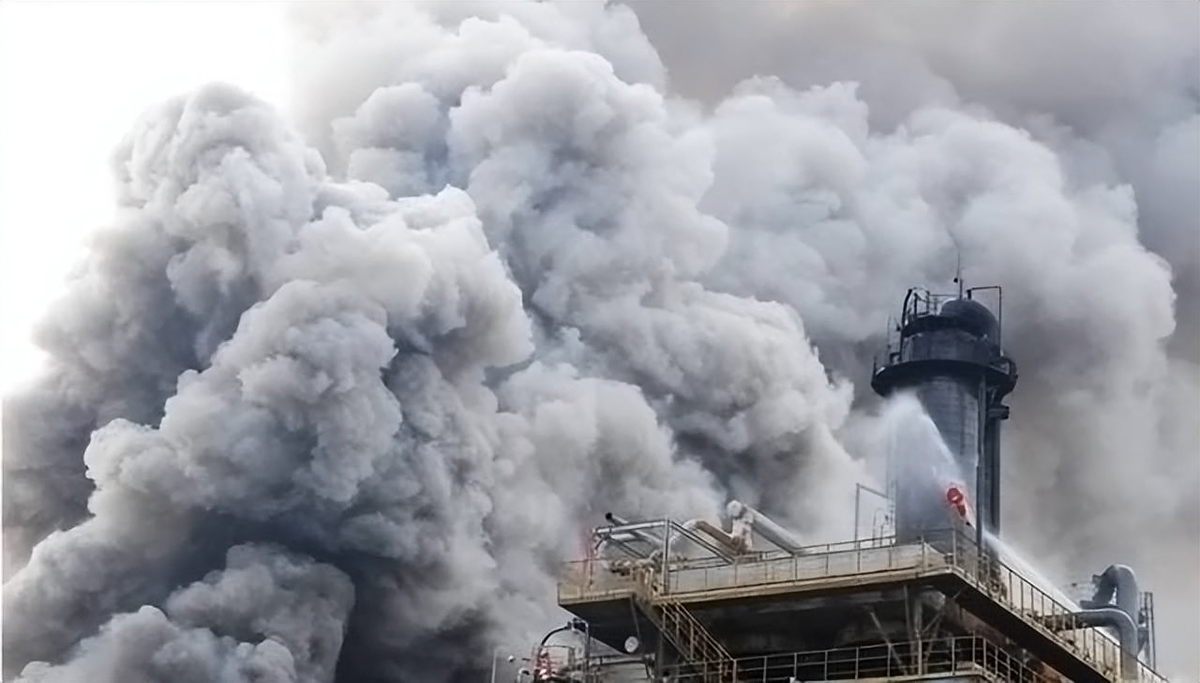
Conclusion: Safeguarding Industrial Operations with LOC Testing
Limiting Oxygen Concentration (LOC) testing is an essential component in assessing the risk of dust cloud explosions in various industrial environments. By determining the oxygen concentration at which a dust explosion is no longer likely to occur. LOC testing enables companies to design safer and more effective explosion protection measures.
With the advanced features and capabilities of the 20L Spherical Explosion Tester provided by Hangzhou Zeal Instruments Science & Technology Co., Ltd., industrial facilities can perform accurate LOC tests to ensure their operations remain safe and compliant with international safety standards. Properly assessing and mitigating the risk of dust explosions not only helps protect valuable equipment and infrastructure but, more importantly, saves lives.
By incorporating LOC testing into your security protocols. You can significantly reduce the likelihood of dust-related explosions, ensuring a safer working environment for all involved.







